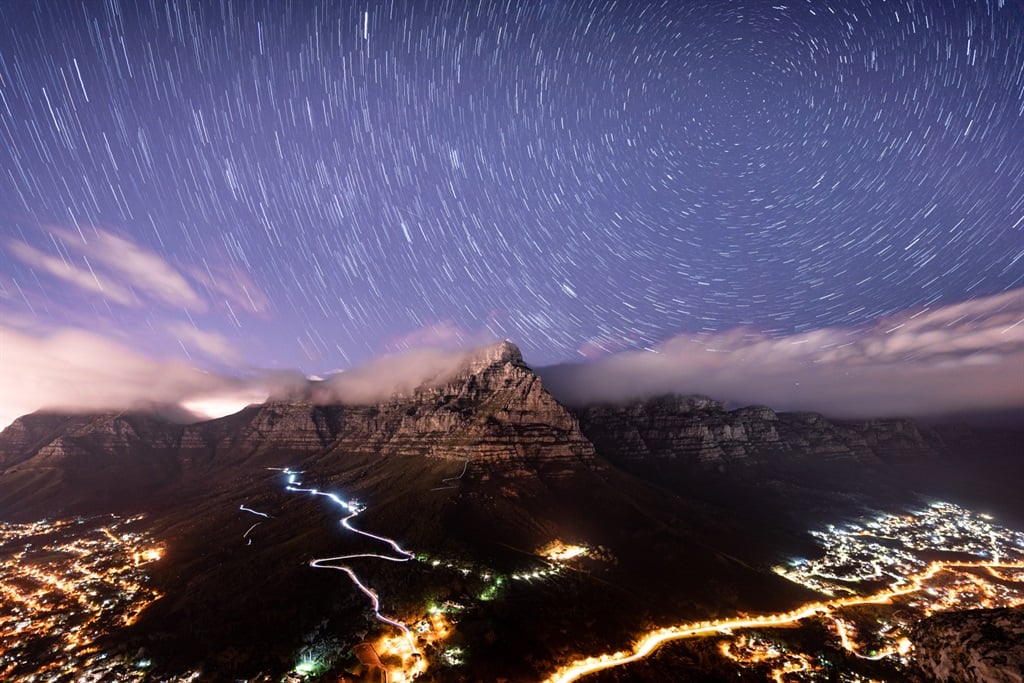
As seen on Business Insider South Africa.
- Daniel Cunnama, Science Engagement Astronomer at the South African Astronomical Observatory (SAAO), gave Business Insider South Africa his list of highlights to keep an eye out for in the skies above South Africa in the rest of 2021.
- Two major highlights are happening this February, with the Venus-Jupiter conjunction as well as the landing of NASA’s latest Mars rover, Perseverance.
- Later in the year there are two supermoons to look forward to.
- For more stories go to www.BusinessInsider.co.za.
From two supermoons to rover landings – and another good year to see the southern hemisphere’s best meteor shower – 2021 has a packed skywatcher calendar.
This is according to Daniel Cunnama, science engagement astronomer at the South African Astronomical Observatory (SAAO), who gave Business Insider South Africa his list of highlights to keep an eye out for in the rest of the year.
South African is home to the Southern African Large Telescope (SALT), the largest single optical telescope in the southern hemisphere, and MeerKAT which will eventually become part of the Square Kilometre Array (SKA), the world’s largest radio telescope, because of its excellent location for watching the heavens.https://984ac31582e37b59fc3a2414baa5a6ca.safeframe.googlesyndication.com/safeframe/1-0-37/html/container.html
While this year is a bad year for eclipses in South Africa, (barring a small partial Solar Eclipse on 4 December, only visible from the Western Cape) we have a lot to look forward to, Cunnama says.
Here are the highlights to watch out for during the rest of 2021.
Venus-Jupiter conjunction on 11 February
South Africans and others in the Southern Hemisphere will have a good opportunity to see a close encounter between two of the brightest planets in our skies, Venus and Jupiter, in February.
The planets will appear as two dots to the naked eye and will appear close enough to be visible at the same time through a backyard telescope, according to National Geographic. The best time to see them will be about 20 to 30 minutes before sunrise when the planets rise high enough in the morning sky to observe them and just before the light of dawn drowns out your view.
Touchdown for NASA’s latest Mars rover, Perseverance, and helicopter on 18 February
Source NASA/JPL-Caltech
On 18 February, NASA’s Mars 2020 Perseverance rover mission will make its seven-minute harrowing decent to the Red Planet. The spacecraft is now nearing the end of its 470.8-million-kilometre journey from Earth.
You won’t be able to watch it with a telescope, but it will be an event worth following.
The car sized Perseverance rover, which costs the bulk of NASA’s $2.7 billion Mars 2020 mission, will enter the atmosphere with temperatures equivalent to the surface of the Sun before pulling off a supersonic parachute inflation as part of the first ever autonomous guided landing on Mars.
Supermoons on 26 and 27 April, and again on 26 May
South African’s can also look forward to two supermoons this year, in late April and May.
In order to be called a supermoon, a new of full moon has to come within 90% of its closest approach to Earth, according to EarthSky. This means being within 361,766 km (or less) of our planet, as measured from the centres of the moon and Earth.
Supermoons occur about once every 14 months.
Venus-Mars Conjunction 12 July
On the night of 12 July, Venus and Mars will be visible in an elegant conjunction just after sunset to the west.
Much like the Venus-Jupiter conjunction in February, Mars and Venus will be visible as small dots to the naked eye. According to National Geographic, Venus will shine the brighter of the two planets on the right, with Mars on the left. The pair will be joined by a crescent moon, making for an eye-catching photo opportunity.
The successor to the Hubble Space Telescope, the James Webb Space Telescope (JWST) is due to launch on 31 October after many years of delays.
NASA has pencilled in 31 October 2021 for the launch of the agency’s James Webb Space Telescope (JWST) from French Guiana. The launch was delayed due to impacts from the Covid-19 pandemic, as well as technical challenges, and will be closely watched by astronomers.
JWST will be the premier observatory of the next decade. It will help scientists study every phase in the history of our Universe from the first luminous glows after the Big Bang to the formation of solar systems capable of supporting life on planets like Earth, reports NASA.
Geminid meteor shower, 4 December to 17 December.
A photo-stack composite of the Geminid meteor shower, Cederberg. Photo Jay Caboz
December will be your best month to observe a meteor showing in South Africa. This is when the Geminid meteor shower, the gold standard in terms of meteor showers in South Africa, are visible.
Read more | All the meteor showers you can expect to see in SA this year – but you’ll have to work for it
The meteors have large particle size and an ideal speed at 36 kilometres per second in the atmosphere, which makes them easier to photograph. Rest assured for no other shower will you achieve this type of result in good old South Africa.
Receive a daily news update on your cellphone. Or get the best of our site emailed to you
Go to the Business Insider front page for more stories.

